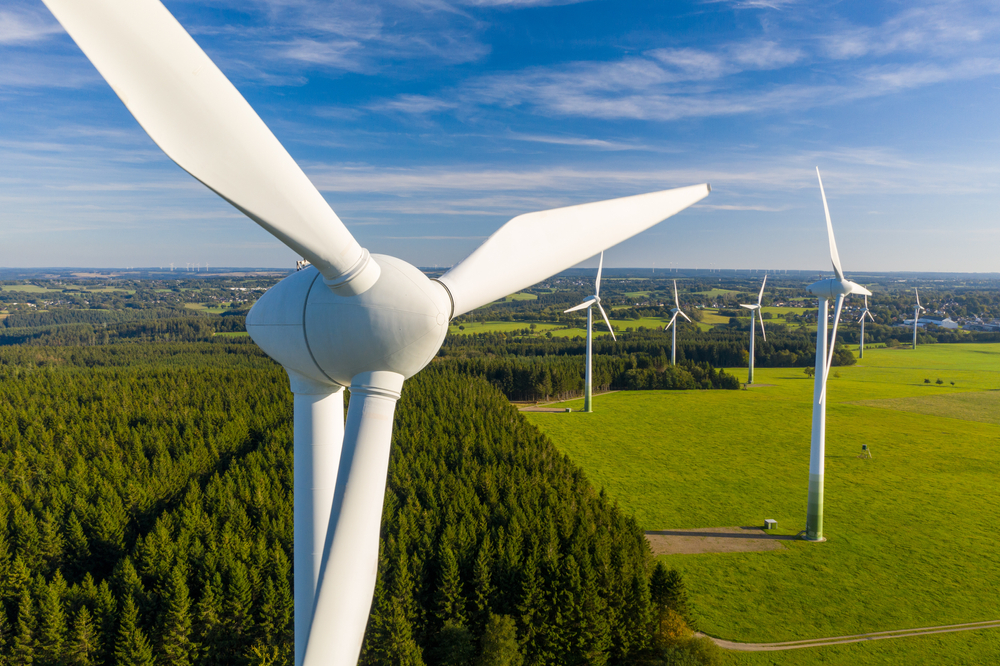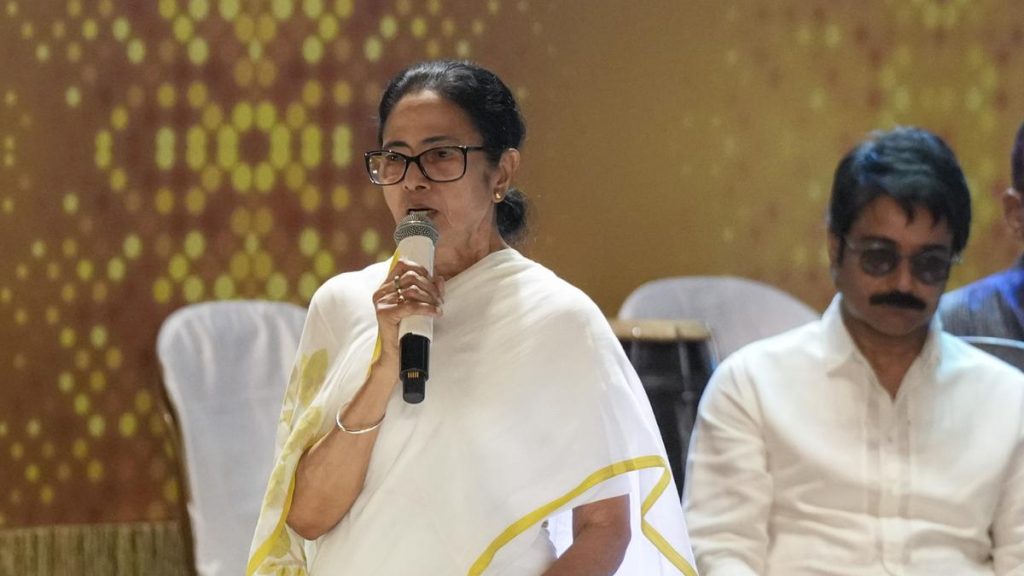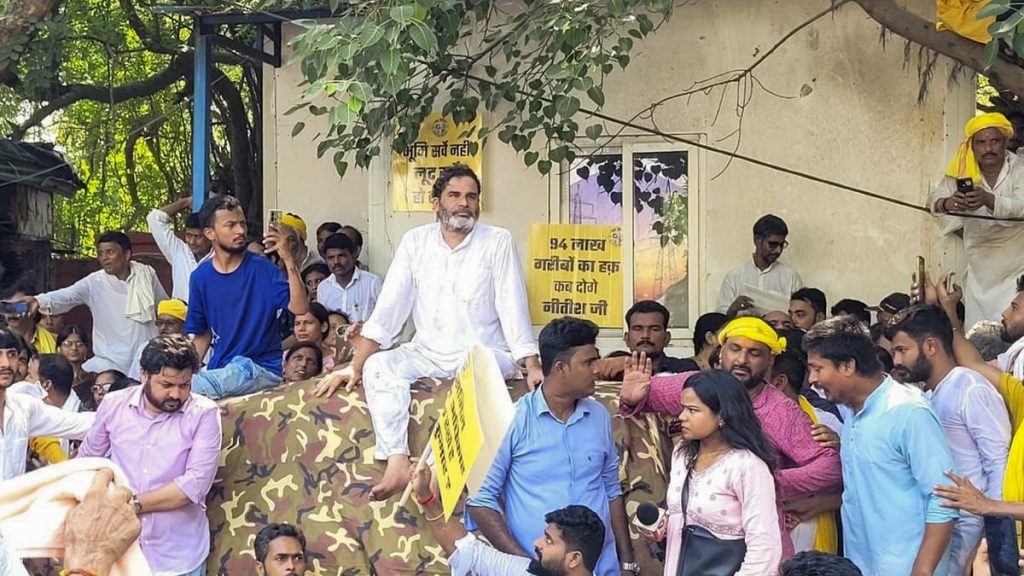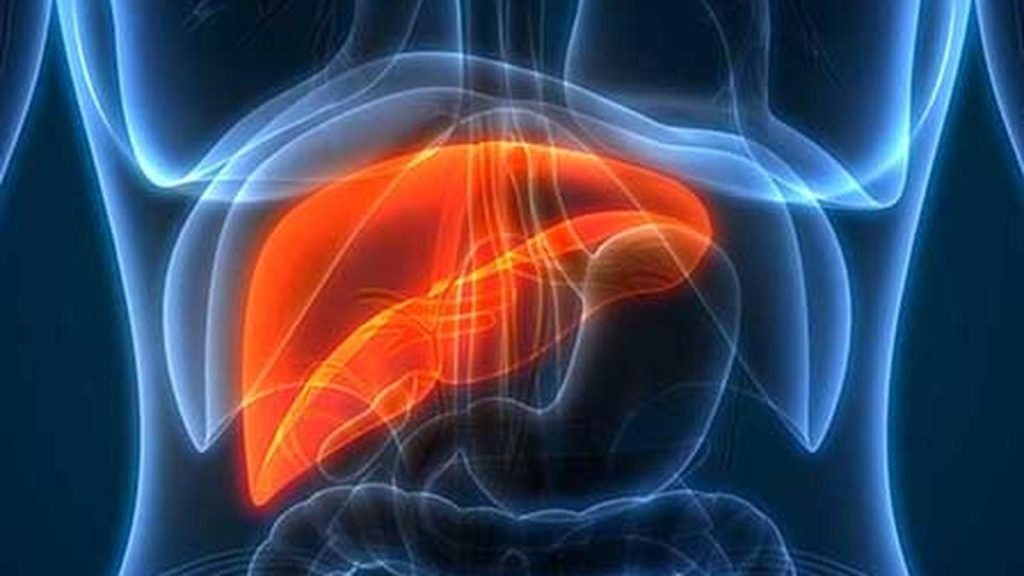Now Reading: Low-Toxic Method Paves Way for Recycling Wind Turbine Blades
-
01
Low-Toxic Method Paves Way for Recycling Wind Turbine Blades
Low-Toxic Method Paves Way for Recycling Wind Turbine Blades

Speedy Summary
- The U.S. has over 157,000 wind turbines, with each blade typically weighing around 65 glass fiber-reinforced polymer (GFRP).
- Criticism of wind power includes concerns that turbine blades often end up buried,potentially releasing harmful chemicals into groundwater.
- Researchers have developed a low-toxic recycling method to break down GFRP blades and recover glass fibers for making stronger plastics.
- The process uses zinc acetate – a relatively mild and safe chemical – in a pressurized water solution to extract fibers in about two hours. Most of the catalyst can be recovered post-process,reducing waste.
- The recycled materials can be incorporated into new thermoplastic composites with enhanced performance.
- This innovation comes at a critical time as many turbine blades from the 1990s are nearing their end-of-life. Researchers are also exploring ways to reduce energy consumption during recycling and design recyclable-friendly new-generation blades.
Image:
Left: wind turbine blade waste; Middle: treated & dried GFRP; Right: injection-molded plastic containing 70% recycled GFRP (Photo Credit: WSU).
Indian Opinion Analysis
The advancements in recycling wind turbine blades could hold meaningful implications for india’s growing renewable energy ecosystem.With the country rapidly expanding its wind power capacity to meet sustainability goals under initiatives like the National action plan on Climate Change (NAPCC), proper disposal methods for aging infrastructure will become increasingly relevant over time.
This non-toxic approach stands out becuase it balances environmental concerns while retaining economic viability through green solvents and recyclable outputs. If similarly adapted within india’s unique cost and scale challenges,this technology could potentially improve both sustainability metrics and job creation in sectors like recycling or material innovation.
As India prioritizes circular economy practices, these developments emphasize the importance of building long-term supply chains that align with global best practices without compromising ecological integrity.
























